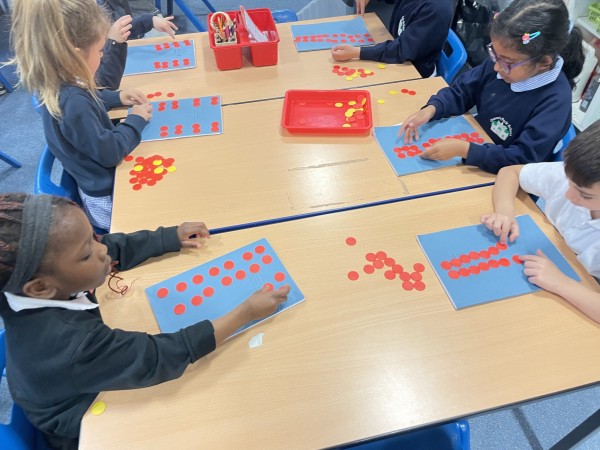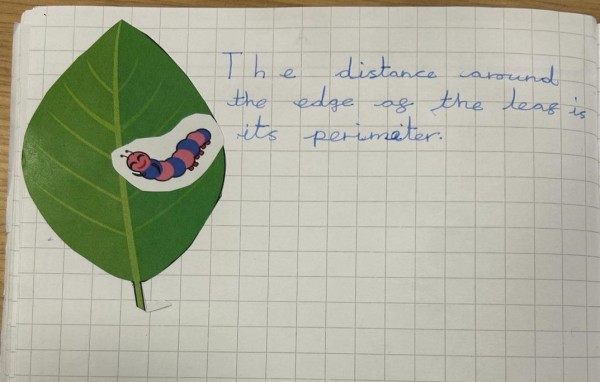Maths
 Here at Queens Park Primary school we promote children’s curiosity and enable them to safely take risks and learn from first-hand experience. Our primary focus is to support the children to become fluent in mathematical understanding from the most basic level so that they can build upon their own understanding. We aim to enable our children to develop conceptual knowledge, recall of number facts and spot patterns and to apply this rapidly and accurately. We aim to promote children’s ability to reason through opportunities to discuss their thinking and understanding. We promote problem solving and learning through investigations.
Here at Queens Park Primary school we promote children’s curiosity and enable them to safely take risks and learn from first-hand experience. Our primary focus is to support the children to become fluent in mathematical understanding from the most basic level so that they can build upon their own understanding. We aim to enable our children to develop conceptual knowledge, recall of number facts and spot patterns and to apply this rapidly and accurately. We aim to promote children’s ability to reason through opportunities to discuss their thinking and understanding. We promote problem solving and learning through investigations.
We use the NCTEM key principles for teaching mastery across the school.
What is teaching for mastery?
Mastering maths means pupils acquire a deep, long-term, secure and adaptable understanding of the subject. Achieving mastery means acquiring a solid enough understanding of the maths that has been taught to enable pupils to move on to more advanced materials.
How do we do this at Queens Park?
We learn together…
At Queens Park, where possible, the whole class is taught maths together and moves through topics and concepts at broadly the same pace. We spend more time on key topics and concepts to ensure learning is well developed and deeply embedded before moving on. We believe that all children can succeed in learning mathematics. The learning needs of individuals are addressed through careful scaffolding, questioning and appropriate rapid intervention where necessary, to provide the appropriate support and challenge. Same day intervention is used to support slower graspers and to address misconceptions. We challenge children by asking them to explore mathematical concepts in more depth, rather than accelerating to new challenges.
We use representations…
We use the CPA (concrete, pictorial and abstract) approach to support out teaching of mathematics. The children are given concrete apparatus (things they can touch, hold and manipulate) and visual representations (things they can see) to help them visualise and internalise mathematical concepts. This allows them to access, conceptualise and solve problems. Through the use of these apparatus and representations, our pupils gain confidence as independent learners to use resources and solve problems. Here is more detail on the CPA approach:

Concrete Representation: Children are first introduced to using objects.
Pictorial Representation: When a child has understood the ‘hands-on’ experience, they can now relate them to representations such as a diagram or picture.
Abstract Representation: The child is now capable of representing problems using mathematical notation. Without the ‘hands on’ and pictorial steps, this can be very hard for children to understand.
